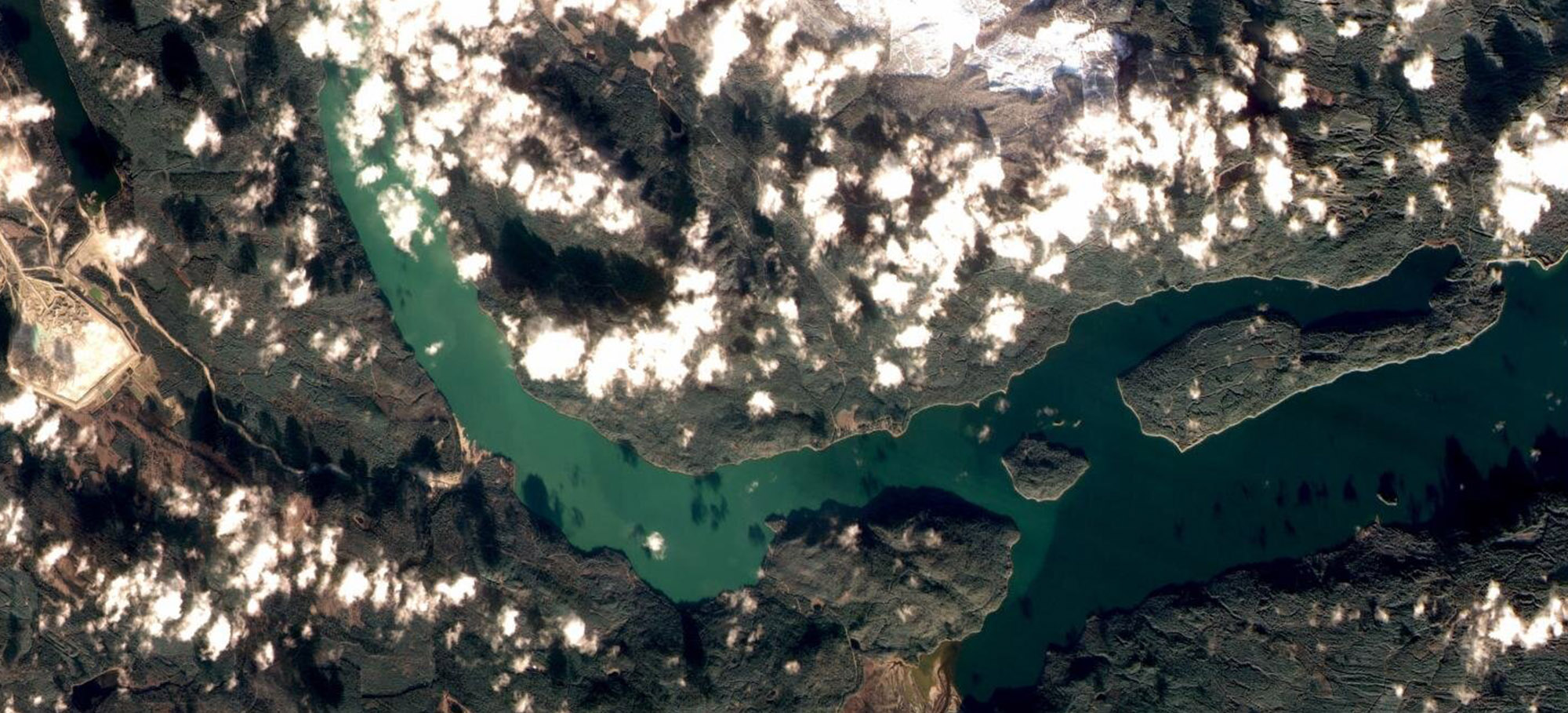Six years ago – on August 4, 2014 – the Mount Polley mine spill released 24 million cubic metres of waste. The spill flowed into Hazeltine Creek, Quesnel Lake, and other waterways in the Likely, B.C. area and is by far the largest mine waste spill in Canadian history.
In the years that followed, tests by B.C. officials have revealed that the water quality met provincial guidelines, while geochemical studies of mine tailings at the bottom of Quesnel Lake have demonstrated it is not releasing metals into the water.
However, a new study suggests that the problem isn’t over yet.
The new paper, authored by a group of scientists who have been studying the lake since the spill in 2014 and published recently in Water Resources Research, found that turbidity (or cloudiness) in portions of Quesnel Lake increases each spring and fall, when the lake mixes from top to bottom in a natural process called turnover.
The source of the turbidity appears to be the resuspension of spill-related material from the bottom of the lake, raising concerns about contaminants being reintroduced to a body of water wherein people continue to swim and fish.
The tailings contain elevated concentrations of some metals, such as copper, and while the lake waters appeared to return to their pre-spill state one year after the spill, it turns out this was only temporary.
“Over the next three years, we saw an increase in turbidity every spring and fall when winds drove large wave motions—like the sloshing of water in your bathtub. As turnover occurred, this sediment was then mixed over the whole water column,” said Andrew Hamilton, a postdoctoral fellow at the University of Alberta who worked on the research while with the Environmental Fluid Mechanics research group at the UBC Department of Civil Engineering.
In fact, that the sediment is being seasonably resuspended from the lake is at the heart of the problem. And it’s what prompted the team of researchers from UNBC, UBC, the University of Lethbridge, and Fishers and Oceans Canada to come together for this multiyear research to study the longer-term impacts of the spill.
“The lake plays significant economic, environmental and recreational roles for the local community and understanding the impact of the seasonal increase in turbidity is important,” said Bernard Laval, professor and head of the UBC Department of Civil Engineering.
“While the immediate environmental devastation of other catastrophic mine waste spills around the world may have been more apparent, investigating these subtle impacts over time will help inform if and how Quesnel Lake recovers, and the potential for lasting impacts of other tailings spills which are increasingly frequent globally,” added Laval.
